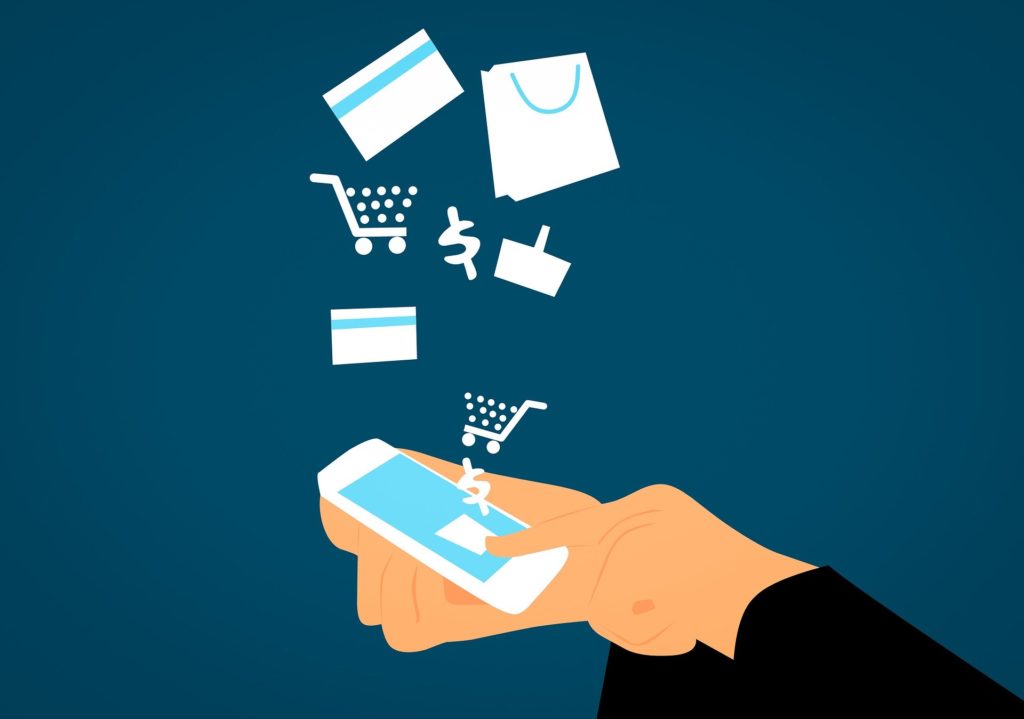
Ever wondered if your sales strategy is the reason why your products aren’t selling? Sure, it seems paradoxical — but it happens all the time. Consumers quickly become burned out by aggressive sales tactics, and the result is a rapid drop-off in metrics that matter (like your all-important CTR). Fortunately, it’s easy to identify these trends happening and they can quickly be turned around with a shift in strategy. Here are some signs to watch out for:
1) A Steep Drop-Off in Email Metrics
Overselling is one of the most frequent causes of a significant downturn in email metrics. If you’re seeing a notable decrease in open rates and click-through rates and an increase in unsubscribes, you’re likely sending too many “hard sell” emails.
A “hard-sell” email usually features multiple calls to action, a special offer, and little to no introduction. While these emails can be extremely effective, they lose their efficacy when sent too frequently or too quickly. Before sending a hard-sell email, you should always warm up your email list with a soft introduction and an educational series. Of course, there are a few exceptions to this rule. For example: if you TRULY have a one-time special offer that’s significant enough in value to convert, a hard sell is appropriate.
2) Lack of Consumer Engagement
Many brands look for engagement on their organic social media, but don’t look for engagement in their paid marketing and email marketing. Although engagement through these channels may not boost your visibility in the same formulaic way that social media engagement does, it speaks volumes in its absence. If your marketing emails are receiving responses, it’s a sign that your consumer base is active and interested. If 30 emails down the road you’ve never received a single response, you likely have a conversion problem.
3) Negative Feedback from Consumers Who HAVEN’T Made a Purchase
If your ads and emails are attracting negative attention from consumers who have never actually purchased your product, you may have an overselling problem. Brands that sell, sell, sell and never focus on becoming relatable to their consumer base are prone to attracting negative attention. Think of it as the persona you’re creating. Are you the snake oil salesman, or are you the family-oriented business owner that all the locals just can’t get enough of?
4) Low Consumer Retention Rates
In sales, the “why” of a purchase matters exponentially. Are your leads converting when you have a good sale or coupon, but never coming back for more? If so, your campaign is lacking key community-building elements. Focus on giving your brand and your product a voice of its own and increasing your relatability. Last but not least, be sure to send out surveys and polls to ensure that you don’t have a UX issue.
5) Low Brand Loyalty
Brand loyalty goes hand-in-hand with retention rates and is cultivated most successfully by the long sell. To scale up your brand loyalty, schedule a team brainstorming session focused on adding value to your consumers that goes above and beyond your product itself. For example, if you own an activewear brand you can pioneer an email series sharing tips on working out from home. The more value you offer, the more likely consumers are to gain a sense of attachment to your brand that goes above and beyond the “good deal” purchase.
If you’re seeing any of the signs outlined above, it’s time for a significant strategic shift. Remember, the obvious sell isn’t always the one that converts. Talk to your consumer base, educate them about your product, identify their concerns, and THEN drive home the sale with your call to action. To execute this effectively, we recommend working with an agency with a history of driving strategic results and the case studies to prove it.








